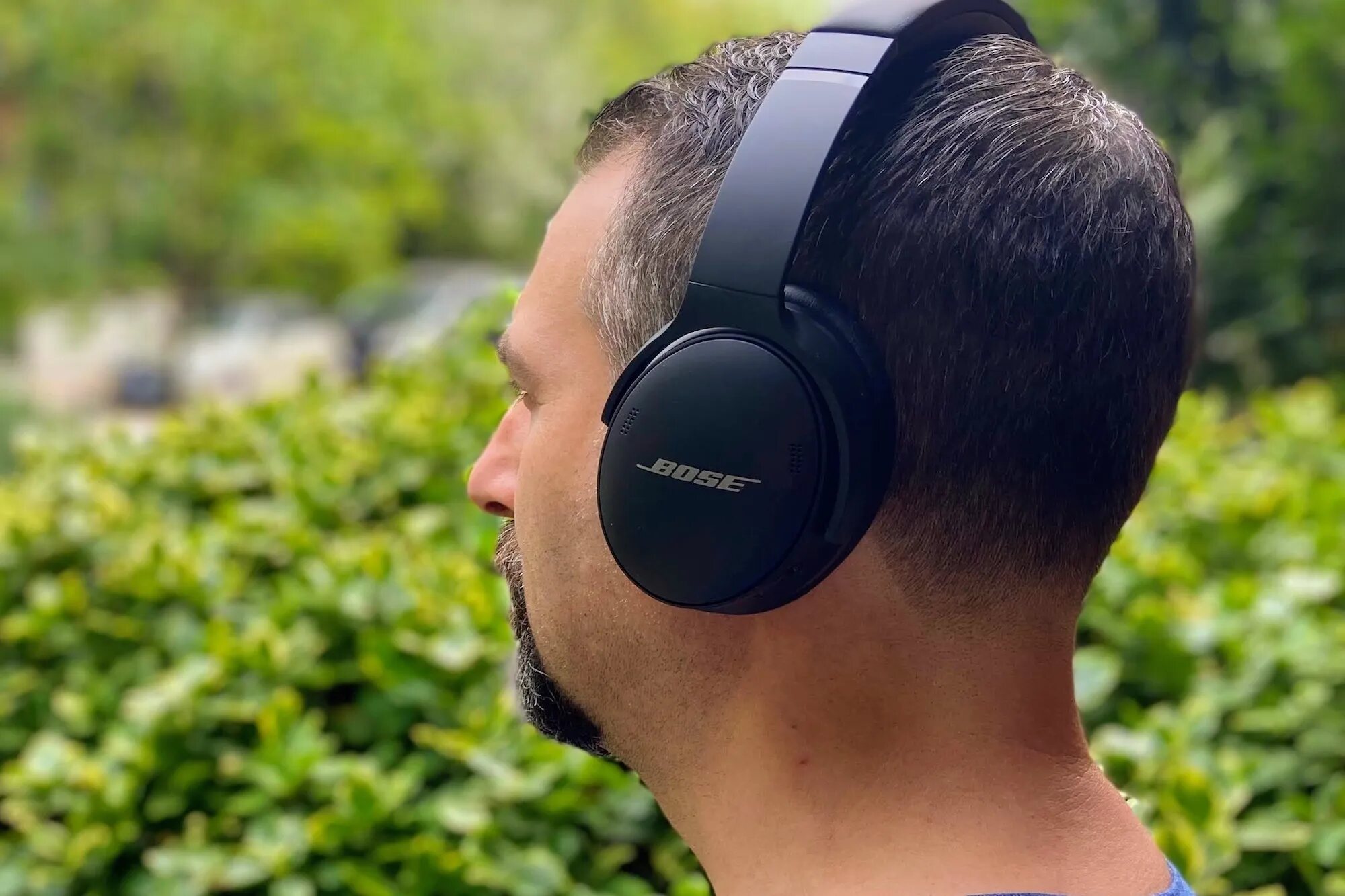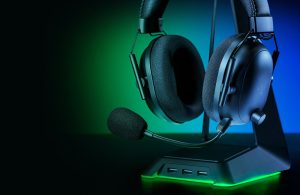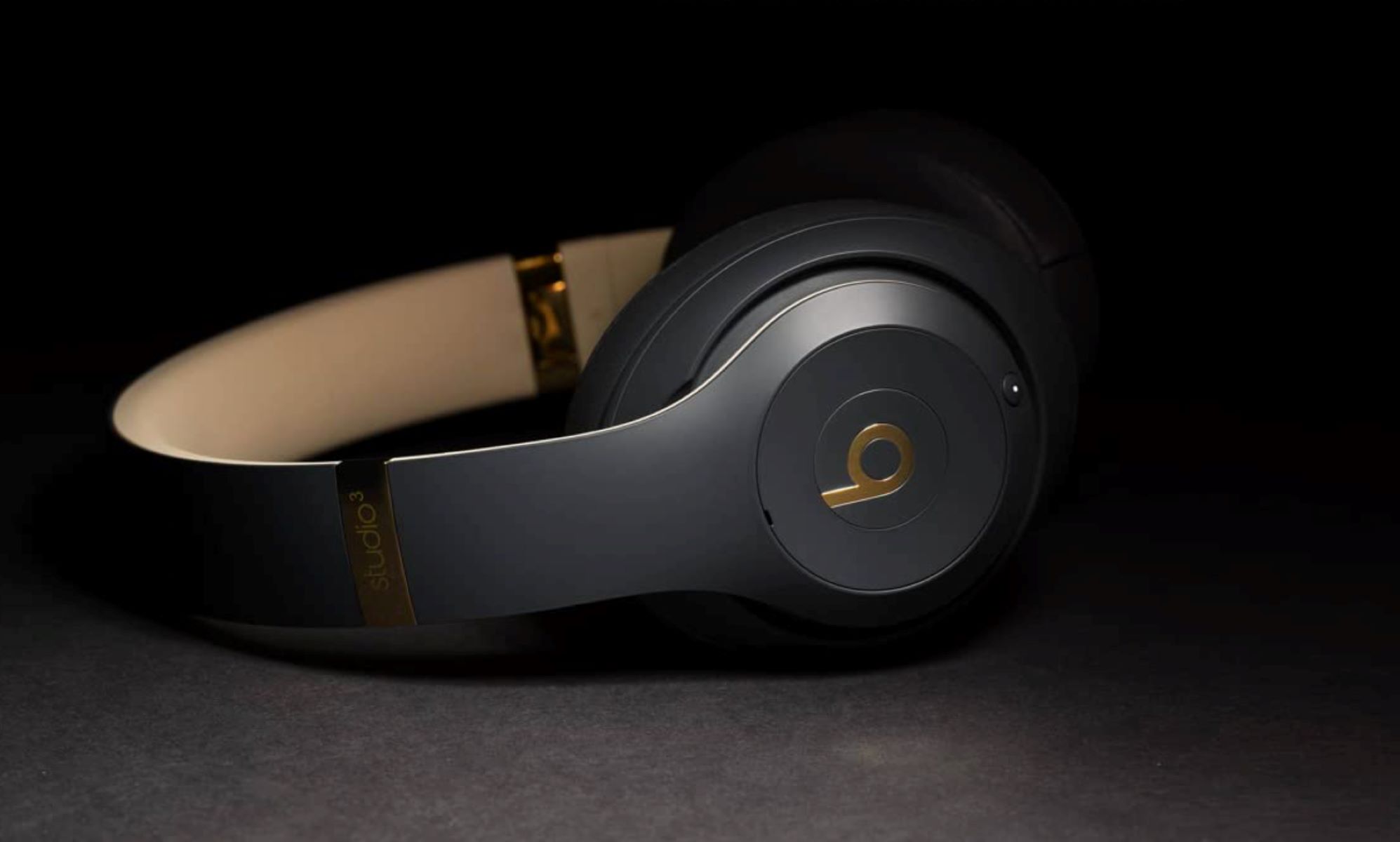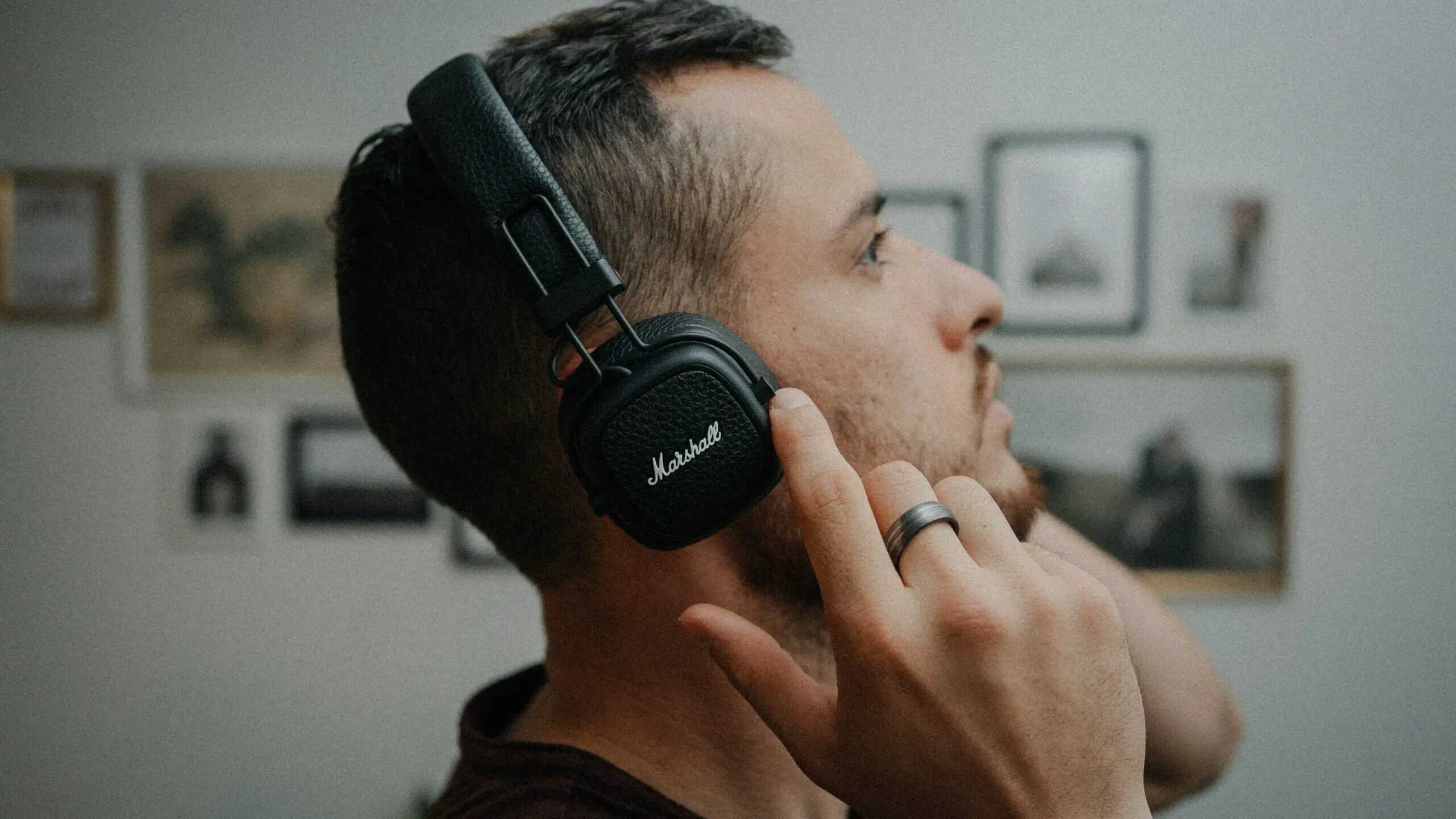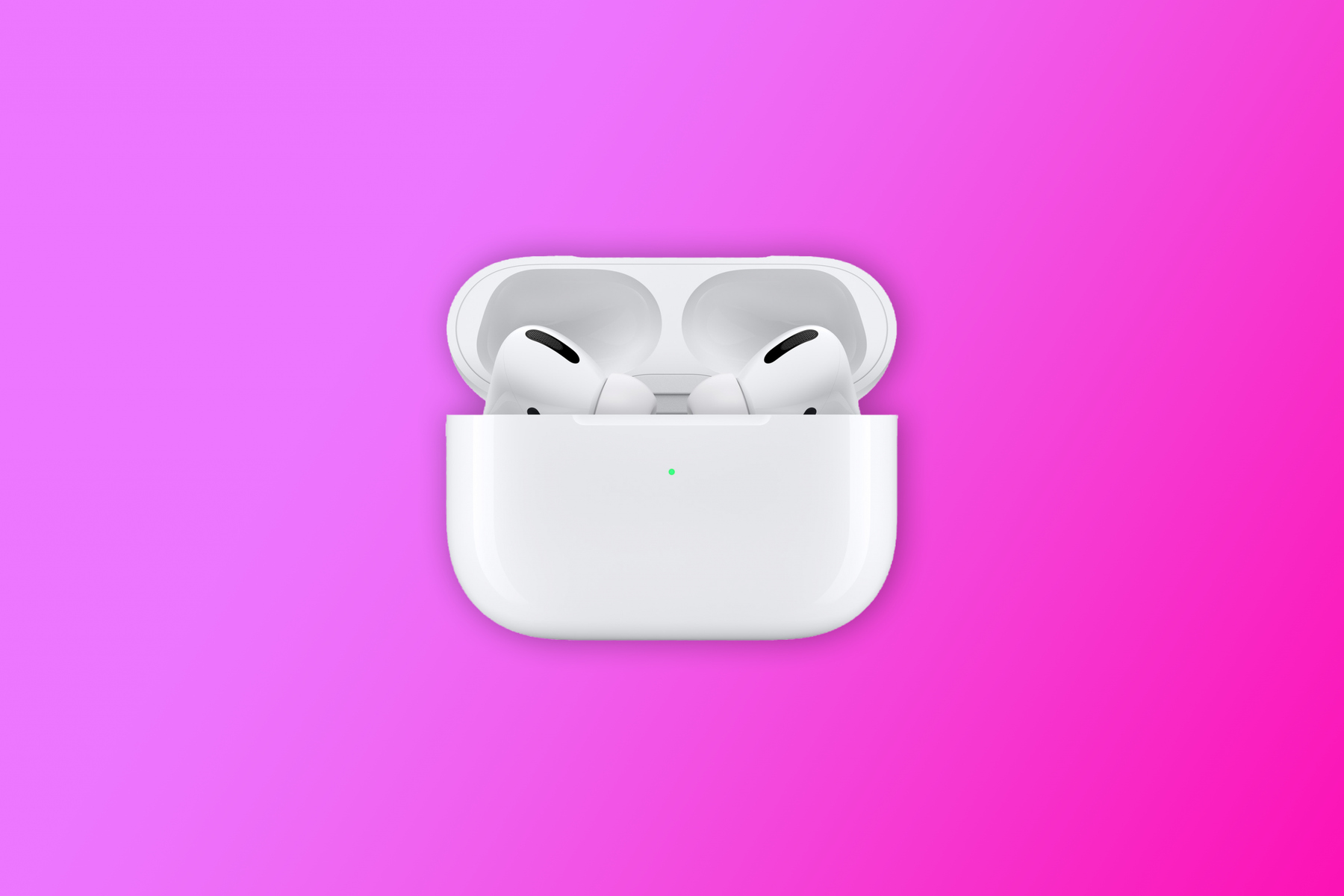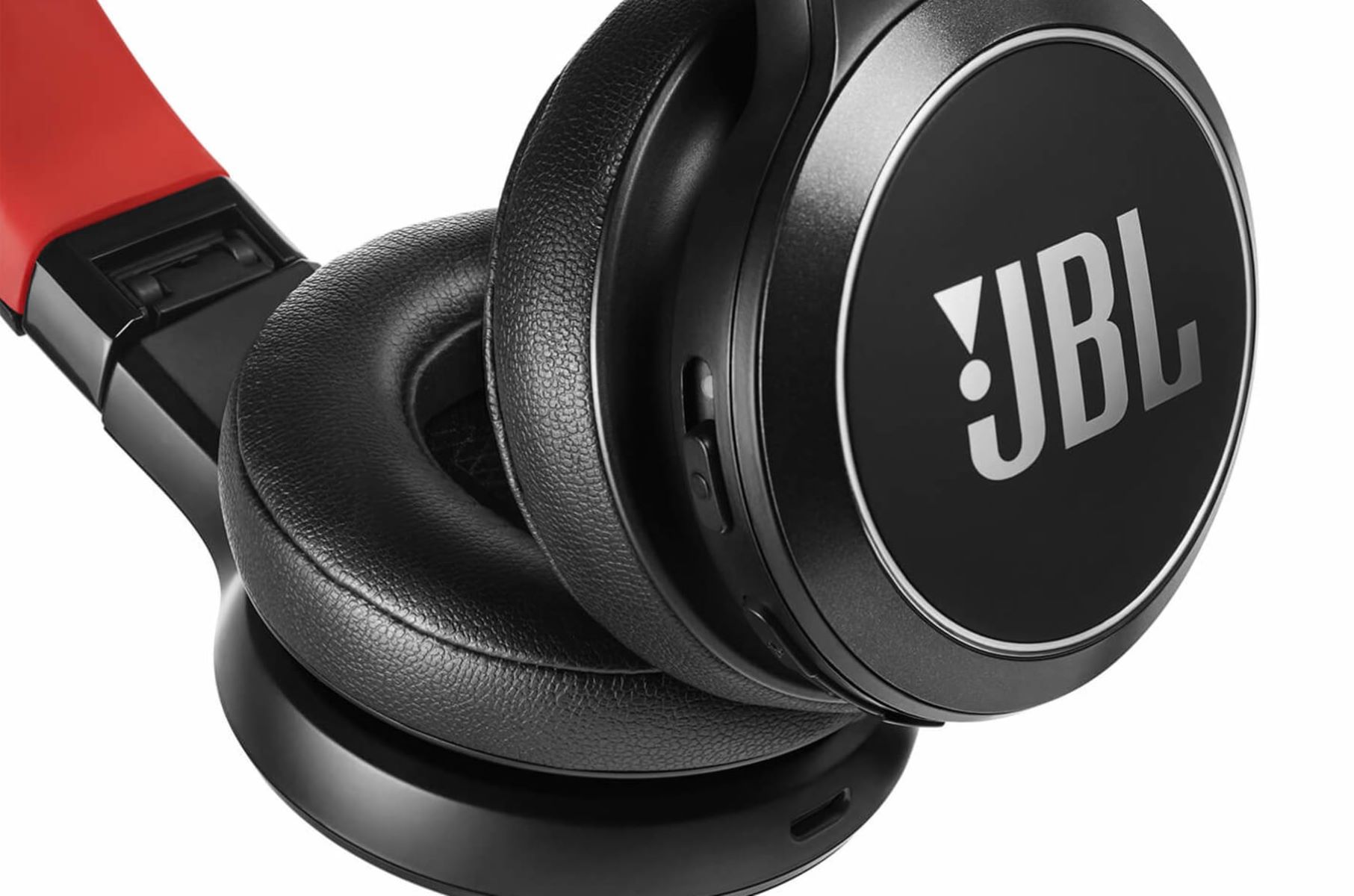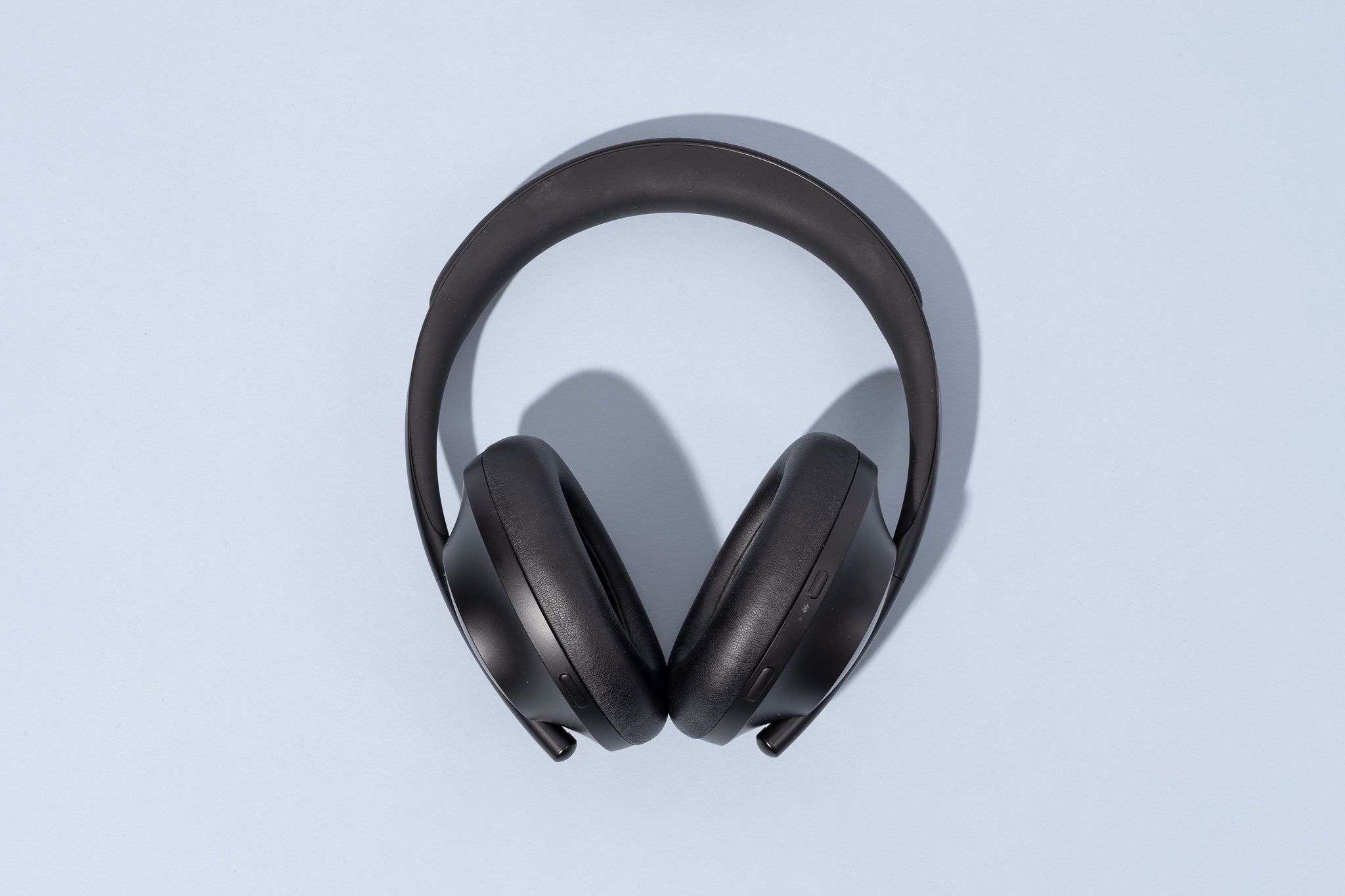Introduction
In today’s fast-paced world, finding peace and quiet can be a real challenge. Whether it’s the bustling sound of traffic, the constant chatter of people, or the blaring noise of technology, our lives are filled with distractions that can hinder our ability to focus and relax. That’s why technologies like active noise cancelling have become increasingly popular.
Active noise cancelling is a feature found in many modern headphones and earbuds that helps to reduce unwanted ambient sound. It works by using microphones to pick up the external noise and then creating a sound wave that is the exact opposite in phase, effectively cancelling out the ambient noise. This technology has revolutionized the way we listen to music, watch movies, and even work in noisy environments.
However, despite its many benefits, some people find that active noise cancelling can feel a bit strange or even uncomfortable. This may leave you wondering why you experience certain sensations when using headphones or earbuds with this feature turned on. In this article, we will explore the reasons behind the peculiar feeling of active noise cancelling and delve into its impact on our auditory experience.
We will discuss the pressure sensation that some individuals experience, the sense of isolation that comes with blocking out external sounds, and the potential impact on audio quality. We will also touch on the potential side effects that active noise cancelling may have on certain individuals. By understanding these factors, you can make an informed decision about whether active noise cancelling is right for you.
What is Active Noise Cancelling?
Active noise cancelling (ANC) is a technology designed to reduce unwanted ambient sounds by creating an “anti-noise” signal that effectively cancels out the external noise. Unlike passive noise cancellation, which relies on physical barriers or materials to block out sound, active noise cancelling actively works to counteract the incoming noise waves.
ANC is most commonly found in headphones, earbuds, and even some speakers. By using built-in microphones, these devices are able to analyze the surrounding sound environment and generate the opposite sound wave, which is then fed into the listener’s ears along with the desired audio. This inverse sound wave cancels out the external noise, resulting in a quieter listening experience.
To achieve effective noise cancellation, ANC headphones or earbuds require a dedicated power source. Typically, this is provided by a built-in battery, although some models may have the option to be powered directly from the device they are connected to. This power supply is necessary to drive the electronics that process the incoming sound and generate the anti-noise signal.
It’s important to note that active noise cancelling technology focuses on reducing low-frequency sounds, such as the rumbling of an airplane engine, the hum of a train, or the constant drone of a busy office. These types of noises can be the most distracting and may interfere with our ability to concentrate or enjoy our favorite audio content.
However, it’s worth mentioning that ANC is not a perfect solution and may not completely eliminate all noise. Higher-frequency sounds, such as voices or sharp noises, may still be audible to some extent. Additionally, ANC can be less effective in environments with irregular or unpredictable noise patterns, as it works best when dealing with consistent background noise.
Overall, active noise cancelling technology provides a valuable solution for those seeking a more immersive audio experience or a way to block out unwanted noise. By understanding how ANC works and its limitations, you can make an informed decision when selecting a pair of headphones or earbuds that best suit your needs.
How Does Active Noise Cancelling Work?
Active noise cancelling (ANC) relies on a combination of advanced electronics and sound engineering to effectively reduce unwanted external noise. Understanding how ANC works can help demystify the technology and enable us to appreciate its impact on our auditory experience.
The process begins with built-in microphones strategically placed in the headphones or earbuds. These microphones pick up the ambient sounds in the environment, capturing the frequencies and intensity of the noise. The collected audio is then processed by a digital signal processor (DSP), which analyzes the sound profile and identifies the unwanted noise components.
Once the unwanted noise has been identified, the DSP generates an inverted sound wave with the same frequency and amplitude as the captured noise. This inverse wave is referred to as the “anti-noise” signal. The anti-noise signal is then fed into the headphone or earbud speakers along with the desired audio content.
When the anti-noise signal and the external noise meet, they interact and create a phenomenon known as destructive interference. Because the anti-noise signal is an exact mirror image of the unwanted noise, the two sound waves effectively cancel each other out, significantly reducing the overall noise level that reaches our ears.
The success of active noise cancelling technology lies in its ability to adapt dynamically to changing sound environments. Sophisticated algorithms continuously monitor the surrounding noise and adjust the anti-noise signal accordingly. This ensures that even as the environment changes, the ANC system adapts to provide consistent noise cancellation.
It’s important to note that active noise cancelling works most effectively in environments with a predictable and continuous noise pattern, such as the hum of an airplane or the rumble of a train. In situations where the noise is sporadic or unpredictable, active noise cancelling may not be as effective.
Overall, active noise cancelling technology has revolutionized the way we experience audio by allowing us to immerse ourselves in our preferred content while minimizing external disturbances. By understanding the underlying processes and technology, we can better appreciate the benefits and limitations of ANC and make informed choices when selecting headphones or earbuds with this feature.
The Feeling of Active Noise Cancelling
Using headphones or earbuds with active noise cancelling (ANC) can provide a unique and immersive audio experience. However, some individuals may find that ANC creates certain sensations that they may not be accustomed to. Let’s explore the potential feelings associated with using active noise cancelling technology.
One common sensation that people report when using ANC headphones is a gentle pressure or “squeezing” sensation. This feeling can be attributed to the active noise cancelling process itself. When the anti-noise signal is generated and played through the speakers, it interacts with the external noise and creates a sort of counter-pressure against your ears. This sensation can vary from person to person, with some finding it comforting and others finding it mildly disconcerting.
Another feeling that active noise cancelling can elicit is a sense of isolation. The technology works by blocking out external sounds, effectively creating a bubble of silence around you. While this can be ideal for focusing on your audio content or providing a peaceful environment, it can also make you feel somewhat disconnected from your surroundings. This feeling of isolation might take some getting used to, especially if you’re accustomed to being aware of the sounds and activities happening around you.
Additionally, active noise cancelling can have an impact on the audio quality you experience. By reducing the amount of external noise, ANC allows you to hear your audio content more clearly and without distractions. This improved audio clarity can enhance your listening experience, making it easier to discern details in music, dialogue in movies, or subtle sounds in podcasts. However, it’s worth noting that the quality of ANC and the overall audio performance can vary depending on the specific headphones or earbuds you’re using.
It’s important to remember that the sensations experienced with active noise cancelling are subjective and can differ from person to person. What one individual finds enjoyable and immersive, another may find uncomfortable or unfamiliar. It may take some time to adapt to the unique feeling of ANC, especially if you’re trying it for the first time.
Overall, the feeling of active noise cancelling can vary depending on individual preferences and sensitivities. Some people appreciate the pressure sensation, while others may find it less appealing. The sense of isolation created by ANC can be both beneficial and potentially disconnecting. However, the enhanced audio clarity and reduction in distractions are generally seen as positive aspects of using active noise cancelling technology.
The Pressure Sensation
One of the sensations that some individuals experience when using headphones or earbuds with active noise cancelling (ANC) is a gentle pressure or “squeezing” sensation. This feeling can be attributed to the active noise cancelling process and how it interacts with our ears.
When ANC is activated, the headphones or earbuds generate an inverse sound wave, known as the anti-noise, to cancel out the external noise. This anti-noise is played through the speakers alongside the desired audio. As the anti-noise interacts with the external noise, it creates a sort of counter-pressure against our ears.
The pressure sensation experienced with ANC can be described as a mild squeezing or a feeling of slight tightness in the ears. It is often described as similar to the sensation one might feel when changing altitude quickly, such as when flying or driving up a mountain. Some individuals find this sensation comforting and even liken it to a “hug” for their ears, while others may find it slightly disconcerting or unfamiliar.
It is important to note that the pressure sensation associated with ANC varies from person to person. Some people may not even notice it at all, while others may find it more pronounced. The perception of this sensation can also depend on factors like the specific model of headphones or earbuds being used and the fit and seal of the device in the ears.
If you find the pressure sensation uncomfortable or bothersome, there are a few things you can try to alleviate it. First, make sure that your headphones or earbuds fit properly and create a good seal in your ears. A secure fit helps to optimize ANC performance and can potentially reduce the pressure sensation. Additionally, you can experiment with adjusting the volume, ANC intensity, or even taking short breaks from using ANC to see if the sensation subsides.
It’s worth noting that the pressure sensation with active noise cancelling is generally harmless and temporary. Once you remove the headphones or disable the ANC feature, the sensation should dissipate. However, if you experience any discomfort or pain that persists even after removing the headphones, it’s advisable to consult a healthcare professional.
Overall, the pressure sensation associated with active noise cancelling is subjective and can vary from person to person. While some may find it soothing or pleasurable, others may find it mildly uncomfortable. By understanding the mechanism behind the pressure sensation and exploring ways to address it, you can find the best balance between enjoying the benefits of ANC and ensuring your comfort while using headphones or earbuds with this feature.
The Sense of Isolation
One of the effects of using headphones or earbuds with active noise cancelling (ANC) technology is a sense of isolation. ANC works by blocking out external sounds, effectively creating a bubble of silence around the listener. While this can be advantageous for enhancing focus or creating a peaceful environment, it can also give rise to a feeling of being disconnected or isolated from the surrounding world.
When ANC is activated, the external noise is suppressed, allowing you to hear your audio content more clearly without distractions. This can be particularly beneficial in noisy environments such as crowded offices, public transportation, or busy cafés. ANC creates a cocoon of solitude where you can fully immerse yourself in the audio experience.
However, this sense of isolation can also be perceived as a disadvantage, especially for individuals who value being aware of their surroundings. ANC can potentially limit your awareness of external sounds, making it harder to hear important announcements, conversations, or environmental cues. This can be a concern in situations where situational awareness is crucial, such as crossing busy streets or being in public spaces where safety is a priority.
The extent of the sense of isolation experienced with ANC can vary depending on various factors. The strength of ANC, the design of the headphones or earbuds, and personal preferences all play a role in how pronounced the feeling of isolation may be. Some people may welcome the solitude and find it a necessary escape from the chaos of everyday life, while others may find it unsettling or even disorienting.
To mitigate the sense of isolation, some ANC headphones or earbuds provide a feature called “Aware Mode” or “Transparency Mode.” This feature allows you to temporarily disable or reduce the ANC, enabling you to hear external sounds and remain aware of your surroundings. It can be particularly useful in situations where you need to be attentive to your environment while still enjoying your audio content.
It’s important to strike a balance between enjoying the benefits of ANC and maintaining situational awareness. If you find the sense of isolation uncomfortable or want to be more aware of your surroundings, consider using the Awareness Mode or adjusting the ANC level to find the right balance for your needs.
Ultimately, the sense of isolation with active noise cancelling is subjective, and individuals’ preferences may differ. By understanding the potential impact and exploring the available features and settings, you can personalize your ANC experience to match your desired level of isolation and awareness, creating an optimal audio environment tailored to your needs.
The Impact on Audio Quality
Active noise cancelling (ANC) technology has a significant impact on the audio quality experienced when using headphones or earbuds. While ANC can help to reduce unwanted external noise, it also has the potential to affect certain aspects of the audio reproduction, including clarity, frequency response, and soundstage.
One of the primary benefits of ANC is the reduction of background noise, which allows the desired audio content to be heard more clearly. By actively cancelling out external sounds, ANC helps to create a more immersive and focused listening experience. This can enhance the clarity of the audio, making it easier to discern details in music, dialogue in movies, or subtle sounds in podcasts.
However, it’s worth noting that the audio quality with ANC can vary depending on the specific headphones or earbuds being used. Some ANC models are designed with audio quality as a top priority, using high-quality components and advanced sound engineering to preserve the integrity of the audio reproduction. These devices aim to maintain a balanced frequency response, accurate sound imaging, and minimal distortion, ensuring a pleasing and accurate audio experience.
On the other hand, lower-quality ANC headphones or earbuds may not provide the same level of audio fidelity. These devices may introduce slight coloration or alterations to the sound due to lower-quality components or less advanced ANC processing. This can result in a less accurate frequency response, diminished soundstage, or even noticeable artifacts in the audio reproduction.
It’s also important to consider the limitations of ANC when it comes to certain audio frequencies. Active noise cancelling technology is most effective in reducing lower-frequency sounds, such as engine rumble or constant background noise. However, ANC may not be as effective in cancelling out higher-frequency sounds or sharp noises, as these tend to be more challenging to capture and cancel. As a result, some higher-frequency sounds may still be audible even when ANC is active.
To ensure the best audio quality when using ANC headphones or earbuds, it’s essential to choose a reputable brand and model that prioritizes both ANC performance and audio fidelity. Reading reviews, researching specifications, and listening to audio samples can help you make an informed decision when selecting a pair of ANC headphones or earbuds.
Overall, the impact of ANC on audio quality can be positive, enhancing clarity and reducing distractions. However, it’s crucial to consider the quality of the ANC device itself to ensure that the audio reproduction remains faithful to the source material. By choosing high-quality ANC headphones or earbuds, you can enjoy the benefits of noise reduction without sacrificing audio fidelity.
Potential Side Effects of Active Noise Cancelling
While active noise cancelling (ANC) can provide a more immersive audio experience, it’s essential to be aware of the potential side effects that some individuals may experience when using ANC headphones or earbuds. While these side effects are relatively rare, it’s important to understand them to make an informed decision when using ANC technology.
One potential side effect of ANC is the possibility of experiencing ear discomfort or fatigue. ANC headphones or earbuds often create a tight seal in the ears to optimize noise cancellation. This seal, combined with the pressure sensation associated with ANC, can cause some individuals to feel discomfort or fatigue after prolonged use. If you experience any discomfort or pain, it’s recommended to take breaks from using ANC or try adjusting the fit or pressure relief settings of the headphones or earbuds.
Another side effect that some individuals may experience is the occurrence of “eardrum suck,” also known as the occlusion effect. This is a phenomenon where low-frequency sounds coming from within the body, such as breathing or chewing, are amplified or distorted when the ears are sealed by ANC headphones or earbuds. This can cause a sensation of pressure or a “booming” sound in the ears. Although the occlusion effect is generally temporary and not harmful, it can be unsettling for some individuals.
Additionally, some people may find that ANC headphones or earbuds increase their sensitivity to motion sickness or vertigo. The isolation and the lack of external cues provided by ANC may disrupt the balance mechanism in the inner ear, potentially causing discomfort or dizziness. If you are prone to motion sickness or have a history of vertigo, it’s advisable to use ANC devices with caution or consult with a healthcare professional before using them extensively.
Lastly, ANC can interfere with the ability to hear important external sounds, such as sirens, alarms, or announcements. This can be a concern in situations where situational awareness is vital for safety reasons. It is important to strike a balance between enjoying the benefits of ANC and maintaining awareness of your surroundings, especially in potentially hazardous environments.
It’s worth noting that while these potential side effects exist, they are relatively uncommon. Most individuals can use ANC technology without experiencing any adverse effects. However, if you do encounter any discomfort or unusual sensations when using ANC, it is advisable to discontinue use and consult with a healthcare professional if the symptoms persist or worsen.
In summary, while active noise cancelling can enhance the audio experience, it is essential to be mindful of potential side effects such as ear discomfort, the occlusion effect, motion sickness, and decreased situational awareness. By understanding and addressing these side effects, you can maximize the benefits of ANC while ensuring your comfort and safety.
Conclusion
Active noise cancelling (ANC) technology has become increasingly popular, offering a unique way to reduce unwanted ambient sounds and enhance the audio experience. Throughout this article, we have explored various aspects of ANC, including how it works, the feelings it can elicit, its impact on audio quality, and potential side effects.
ANC works by generating an inverse sound wave that cancels out external noise, creating a quieter listening environment. However, this process can also create certain sensations, such as a pressure feeling or a sense of isolation. These sensations vary from person to person, and it’s important to find the right balance and level of comfort when using ANC devices.
When it comes to audio quality, ANC can elevate the listening experience by reducing distractions and enhancing audio clarity. However, the quality of ANC headphones or earbuds can vary, with some models providing better audio fidelity than others. It’s crucial to choose a reputable brand and model that prioritizes both ANC performance and audio reproduction.
While side effects associated with ANC are generally rare, it’s important to be aware of potential discomfort, the occlusion effect, increased sensitivity to motion sickness, and decreased situational awareness. By understanding and addressing these side effects, you can ensure a safe and enjoyable ANC experience.
In conclusion, active noise cancelling technology offers a remarkable way to enjoy audio content with reduced external noise. By considering the sensations, audio quality, and potential side effects associated with ANC, you can make informed decisions when selecting ANC headphones or earbuds and adapt your usage accordingly. Whether you seek a peaceful listening environment, the ability to focus in noisy surroundings, or an enhanced audio experience, ANC can be a valuable tool for achieving your desired auditory goals.







